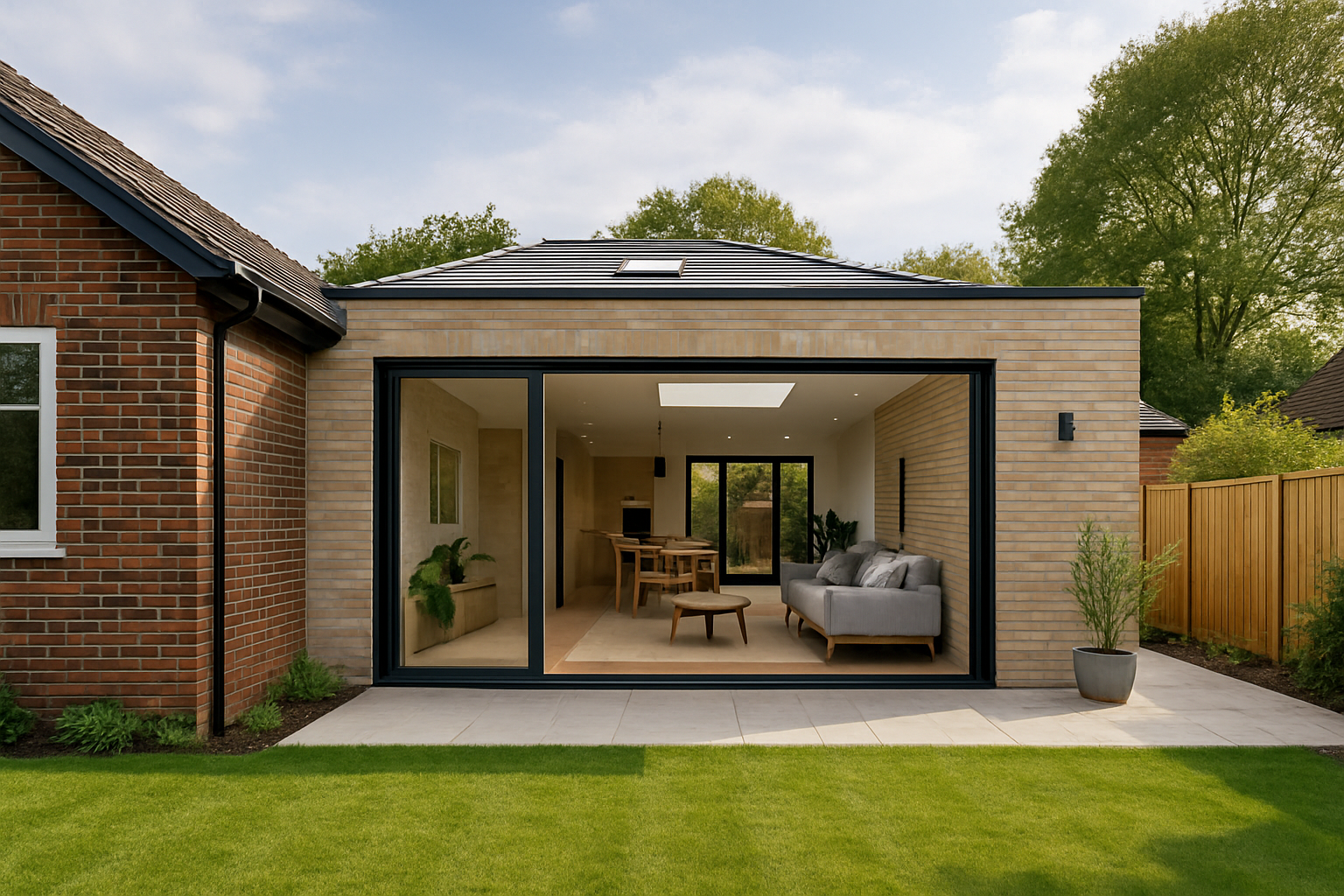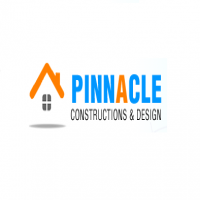Maximising Space Through Thoughtful Home Extensions

Strong 8k brings an ultra-HD IPTV experience to your living room and your pocket.
As families grow and lifestyles evolve, the demand for more functional and comfortable living space increases. Moving to a new property isn’t always practical or cost-effective—this is where home extensions come in. A well-planned extension not only creates extra room but can also significantly enhance your home's value, comfort, and flow. When done thoughtfully, it becomes a smart, long-term investment that reshapes how you live in your home every day.
1. Assess Your Needs and Future Plans
Before starting any extension, take a step back and consider your current living challenges. Are you short on bedrooms, lacking a workspace, or simply want a more open layout for entertaining? Understanding your immediate priorities and anticipating future changes—like growing children, ageing parents, or remote work—will help you design a space that remains functional over time. The goal is to avoid short-sighted upgrades and create a flexible, lasting solution.
2. Seamless Integration With Existing Structure
A successful extension should feel like a natural part of your original home. Architectural consistency is crucial—matching rooflines, exterior materials, and internal finishes ensures a cohesive look. Internally, maintaining smooth transitions between old and new areas supports comfort and usability. Open-plan layouts, aligned flooring, and shared lighting schemes make the entire home feel more spacious and unified. When done well, an extension enhances—not disrupts—the original design.
3. Increase Natural Light and Energy Efficiency
Home extensions present the perfect chance to introduce more daylight into your interiors. Incorporating skylights, large windows, or glass doors can transform dark corners into bright, inviting spaces. Beyond aesthetics, these features also reduce your reliance on artificial lighting and improve energy efficiency. With the right insulation, ventilation, and energy-rated windows, you can create a climate-friendly environment that’s both cost-effective and comfortable year-round.
4. Design Flexible, Multi-Use Spaces
One of the biggest advantages of an extension is the ability to customise it to suit your lifestyle. Rather than dedicating rooms to a single function, consider flexible layouts that allow for changing needs. A guest room might double as a home office or media room. A larger living area might include built-in storage or a study nook. This adaptability adds long-term value and ensures your home grows with you, avoiding the need for further renovations later on.
5. Understand Structural and Legal Considerations
Not every home can be extended in the same way. Load-bearing walls, property boundaries, plumbing, and electrical access all influence what's possible. Additionally, depending on your location and the scale of your project, permits or compliance with building codes may be required. Engaging experienced professionals early in the process helps you understand these constraints and ensures your plans meet all legal and safety standards—saving time, money, and frustration later.
A thoughtfully planned home extension is more than just extra space—it's about improving lifestyle, enhancing comfort, and creating long-term value. With careful design, natural flow, and flexibility at the core, you can transform your existing home into a space that truly works for your life today and tomorrow.
To explore tailored solutions that combine style, function, and smart planning, visit home extension and renovation by Pinnacle Constructions & Designs.
Note: IndiBlogHub features both user-submitted and editorial content. We do not verify third-party contributions. Read our Disclaimer and Privacy Policyfor details.


